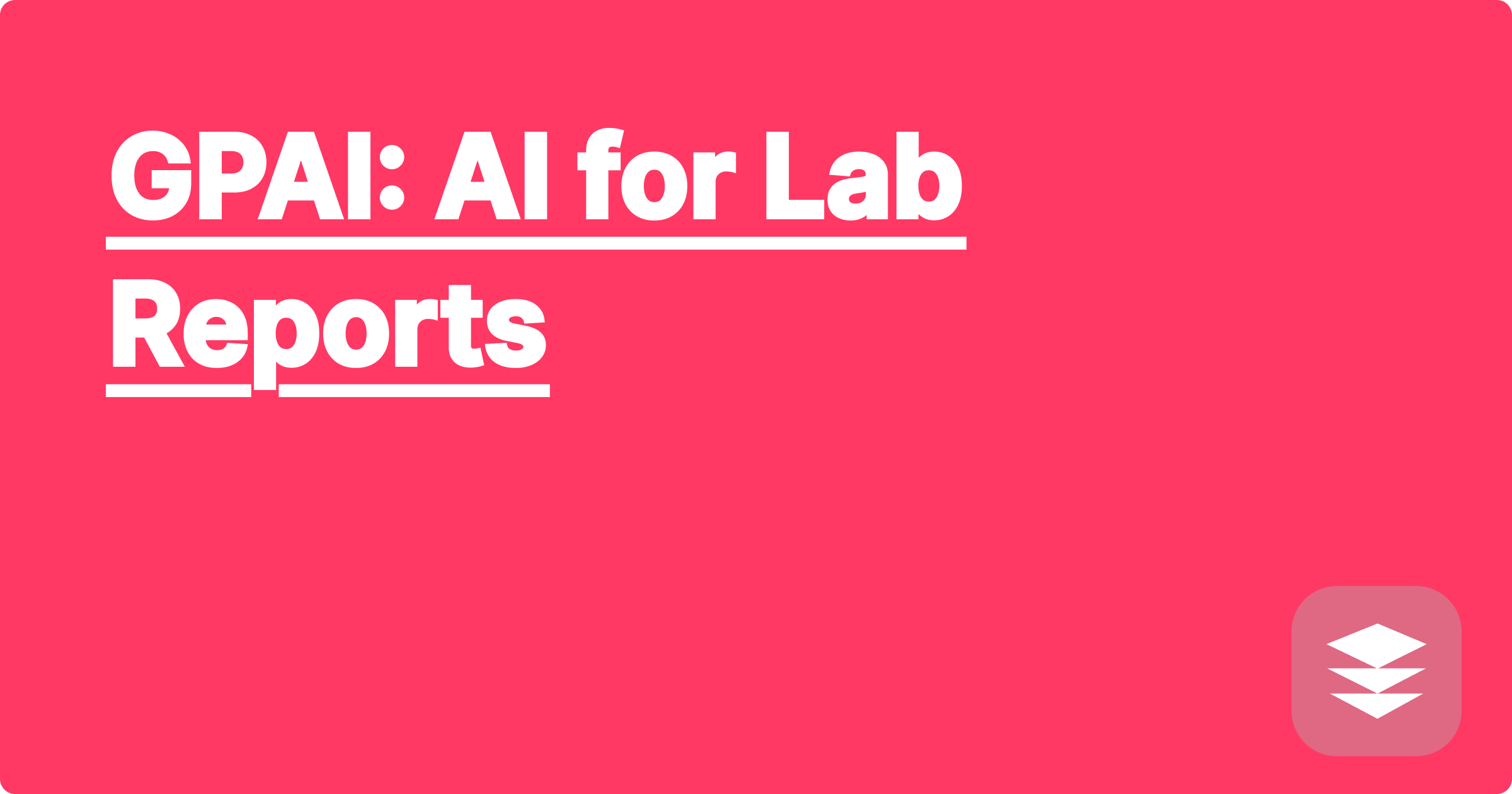
The sheer volume of data generated in modern STEM research presents a significant challenge for students and researchers, particularly when it comes to synthesizing information and crafting comprehensive lab reports. Analyzing data, interpreting results, and presenting findings in a clear and concise manner can be incredibly time-consuming, often detracting from the core research itself. Artificial intelligence (AI) offers a promising solution, providing powerful tools to streamline the lab report writing process and enhance overall research productivity. AI can assist with everything from data analysis and visualization to drafting sections of the report and even checking for plagiarism, freeing up valuable time for researchers to focus on what they do best: scientific inquiry.
This is especially relevant for STEM students and researchers who face increasing pressure to publish high-quality work. Mastering the art of lab report writing is crucial for effectively communicating research findings, securing grants, and advancing scientific knowledge. By leveraging AI tools, researchers can not only improve the efficiency of their report writing but also enhance the clarity, accuracy, and overall impact of their work. This empowers them to contribute more effectively to their respective fields and accelerate the pace of scientific discovery.
STEM fields are characterized by rigorous data analysis and meticulous documentation. Lab reports serve as the cornerstone of scientific communication, providing a detailed account of experiments, methodologies, results, and interpretations. However, the process of compiling a comprehensive lab report can be daunting. It involves multiple stages, from raw data processing and statistical analysis to creating figures, tables, and writing descriptive narratives. This complexity is further compounded by the need for precision, clarity, and adherence to specific formatting guidelines. Students and researchers often struggle to balance the demands of conducting experiments, analyzing data, and simultaneously crafting a coherent and well-structured lab report. This can lead to delays in publication, increased stress, and potentially even inaccuracies in the final report. The challenge lies not only in the technical aspects of data analysis but also in the effective communication of complex scientific concepts in a clear and accessible manner.
Fortunately, AI-powered tools like ChatGPT, Claude, and Wolfram Alpha offer a powerful suite of capabilities to address these challenges. ChatGPT and Claude excel at natural language processing, making them invaluable for tasks such as generating descriptive text, summarizing findings, and even drafting sections of the report, including introductions, discussions, and conclusions. These tools can help researchers articulate complex scientific concepts in a clear and concise manner, ensuring the report is both informative and engaging. Wolfram Alpha, on the other hand, shines in its computational prowess. It can be used for complex calculations, data analysis, and generating visualizations, streamlining the process of transforming raw data into meaningful insights. By combining the strengths of these different AI tools, researchers can create a streamlined workflow for lab report generation, significantly reducing the time and effort required.
The process begins with data preparation. Once the experimental data is collected, it needs to be organized and cleaned. This might involve removing outliers, handling missing values, and converting data into a format suitable for analysis. Next, Wolfram Alpha can be employed for statistical analysis, generating descriptive statistics, performing hypothesis tests, and creating visualizations such as graphs and charts. These visualizations can then be directly incorporated into the lab report. Simultaneously, ChatGPT or Claude can be used to begin drafting sections of the report. By providing the AI with key information about the experiment, methodology, and results, it can generate text for the introduction, materials and methods, and even parts of the discussion. The researcher can then refine and edit the AI-generated text, ensuring accuracy and clarity. Finally, the AI can also be used to proofread the report for grammar, spelling, and style, ensuring a polished and professional final product.
For instance, if a researcher is studying the effect of temperature on enzyme activity, they can use Wolfram Alpha to calculate the rate of reaction at different temperatures and generate a graph depicting the relationship. They can then input this data into ChatGPT, along with a prompt like "Write a paragraph describing the relationship between temperature and enzyme activity based on the provided data." ChatGPT can then generate a descriptive paragraph that can be directly incorporated into the results section of the lab report. Similarly, if the researcher needs to calculate the standard deviation of a dataset, they can input the data into Wolfram Alpha and obtain the result instantly. They could then ask ChatGPT to explain the significance of the standard deviation in the context of the experiment.
To maximize the benefits of AI in academic work, it's essential to use these tools strategically. Always critically evaluate the output generated by AI. While these tools are powerful, they are not infallible. Ensure the information is accurate, relevant, and aligned with your research objectives. Use AI to augment your writing, not replace it. Treat the AI-generated text as a starting point and refine it to reflect your own understanding and insights. Furthermore, cite AI tools appropriately when used in research. Transparency is crucial in academic integrity, so acknowledge the contribution of AI in your work. Finally, remember that AI is a tool, and its effectiveness depends on how it is used. By combining the power of AI with your own critical thinking and scientific expertise, you can significantly enhance the quality and efficiency of your research and reporting.
In conclusion, AI offers a transformative approach to lab report writing, empowering STEM students and researchers to streamline their workflows and enhance the quality of their work. By understanding the capabilities and limitations of AI tools and using them strategically, researchers can unlock new levels of productivity and accelerate the pace of scientific discovery. Begin exploring these tools today and discover how AI can revolutionize your approach to scientific communication.
GPAI: Solve Physics HW Faster!
GPAI: Engineering Data Analysis